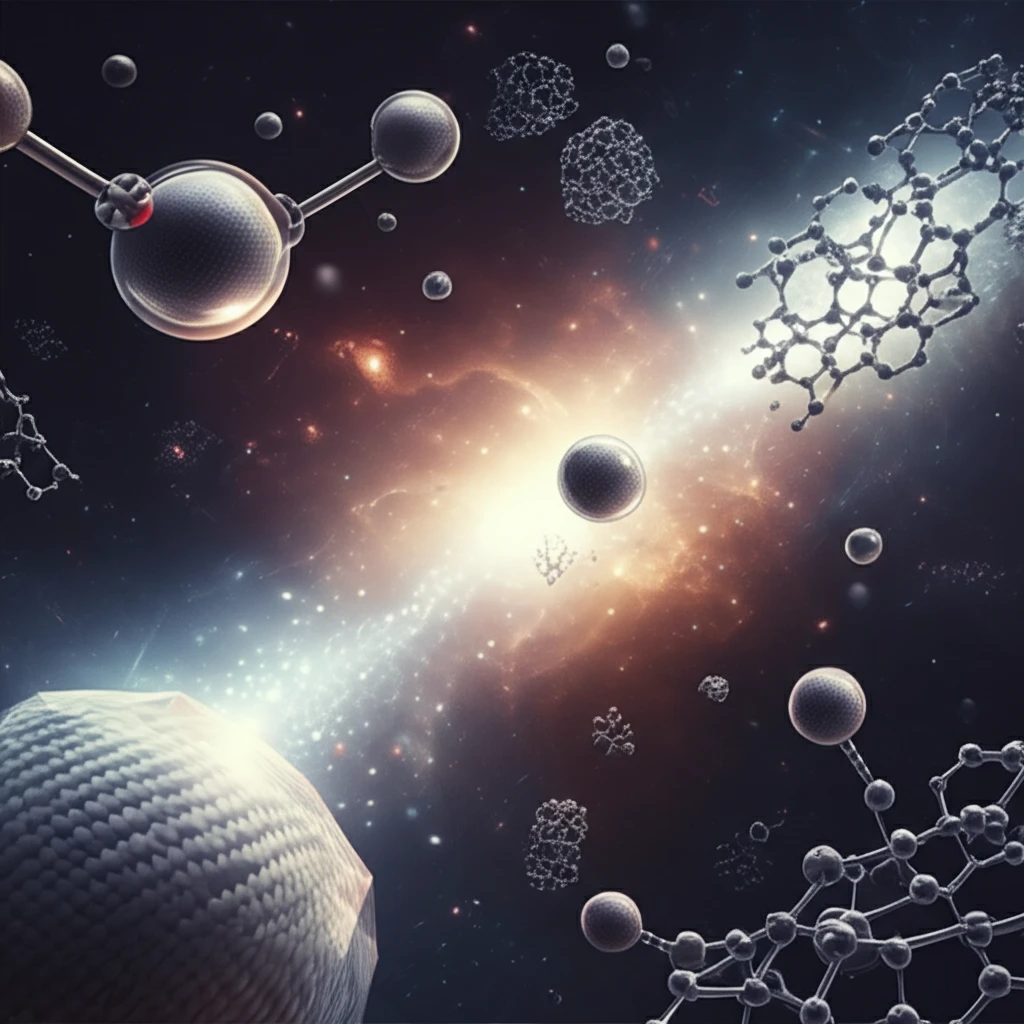
Beyond Diamonds: Why Carbon's Versatility Makes It the Ultimate Material
"Unlock the secrets of carbon's unique bonding abilities and discover how it shapes everything from graphene to life itself."
Carbon: it's more than just diamonds and graphite. This unassuming element possesses a versatility that underpins life as we know it and fuels technological innovation. While often overlooked, understanding carbon's fundamental properties is key to appreciating its vast potential. Whether you're a seasoned scientist or simply curious about the building blocks of the universe, this exploration of carbon's unique characteristics will reveal why it truly is an exceptional element.
At the heart of carbon's versatility lies its electronic structure. Unlike many elements that form bonds in predictable ways, carbon defies convention by 'hybridizing' its orbitals. This essentially means mixing different types of electron orbitals (s and p orbitals) to create new bonding configurations. This unique ability to form diverse bonds is what gives rise to the incredible variety of carbon-based materials, each with its own set of extraordinary physical properties.
From the strong, three-dimensional networks of diamonds to the flexible, two-dimensional sheets of graphene, carbon's bonding behavior dictates its form and function. By delving into the intricacies of its electronic structure, we can unlock a deeper understanding of how carbon-carbon bonds shape the world around us.
Carbon's Electronic Structure: The Key to Its Bonding Prowess

A carbon atom boasts six electrons, arranged in a specific configuration: (1s)²(2s)²(2p)². In its ground state, it appears to have only two unpaired electrons in its outer shell, suggesting it can only form two additional bonds. However, we know that carbon commonly exhibits a four-electron binding behavior. This is because an electron from the 2s state can be readily excited to the 2p state due to a small energy difference. This excitation leads to hybridized states where s and p orbitals mix, resulting in new bonding arrangements.
- sp³ Hybridization: Creates a tetrahedral structure like diamond, known for its strength and rigidity.
- sp² Hybridization: Forms a planar structure with 120° angles, ideal for creating sheets and layers like graphene.
- Versatility: Allows carbon to form single, double, and triple bonds, leading to a vast array of organic molecules.
- π-bonds: Crucial for creating delocalized electron systems, enabling unique electronic and optical properties.
Unlocking Carbon's Potential: The Future of Materials Science
Carbon's ability to form a diverse range of structures, from diamonds to graphene and beyond, makes it a cornerstone of materials science. By understanding and manipulating its electronic structure and bonding behavior, we can create new materials with unprecedented properties. Whether it's developing stronger composites, more efficient solar cells, or revolutionary medical devices, carbon's versatility holds the key to unlocking a future of technological innovation.
